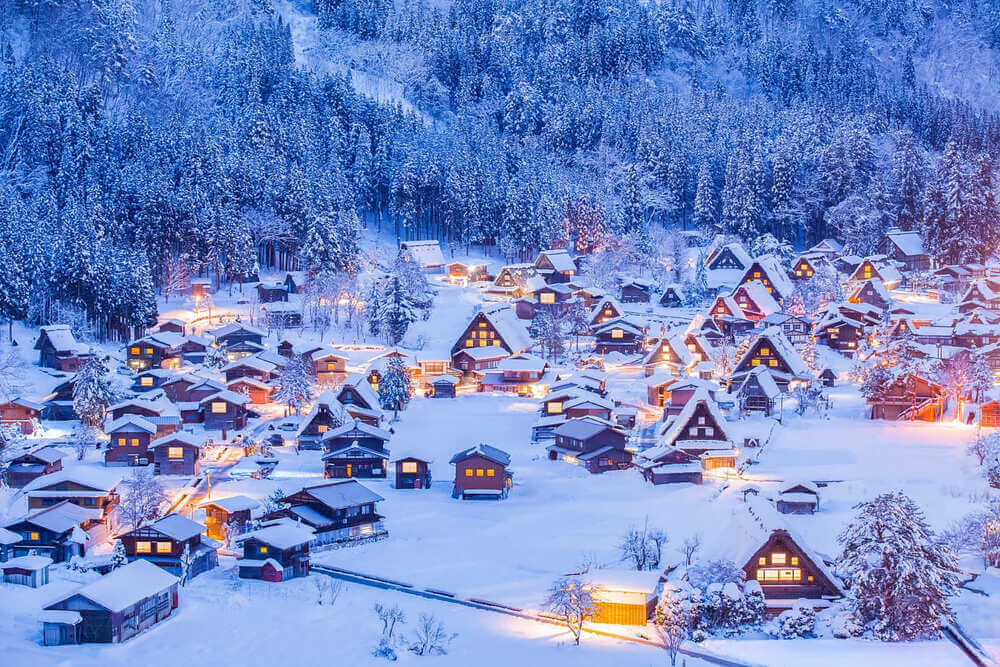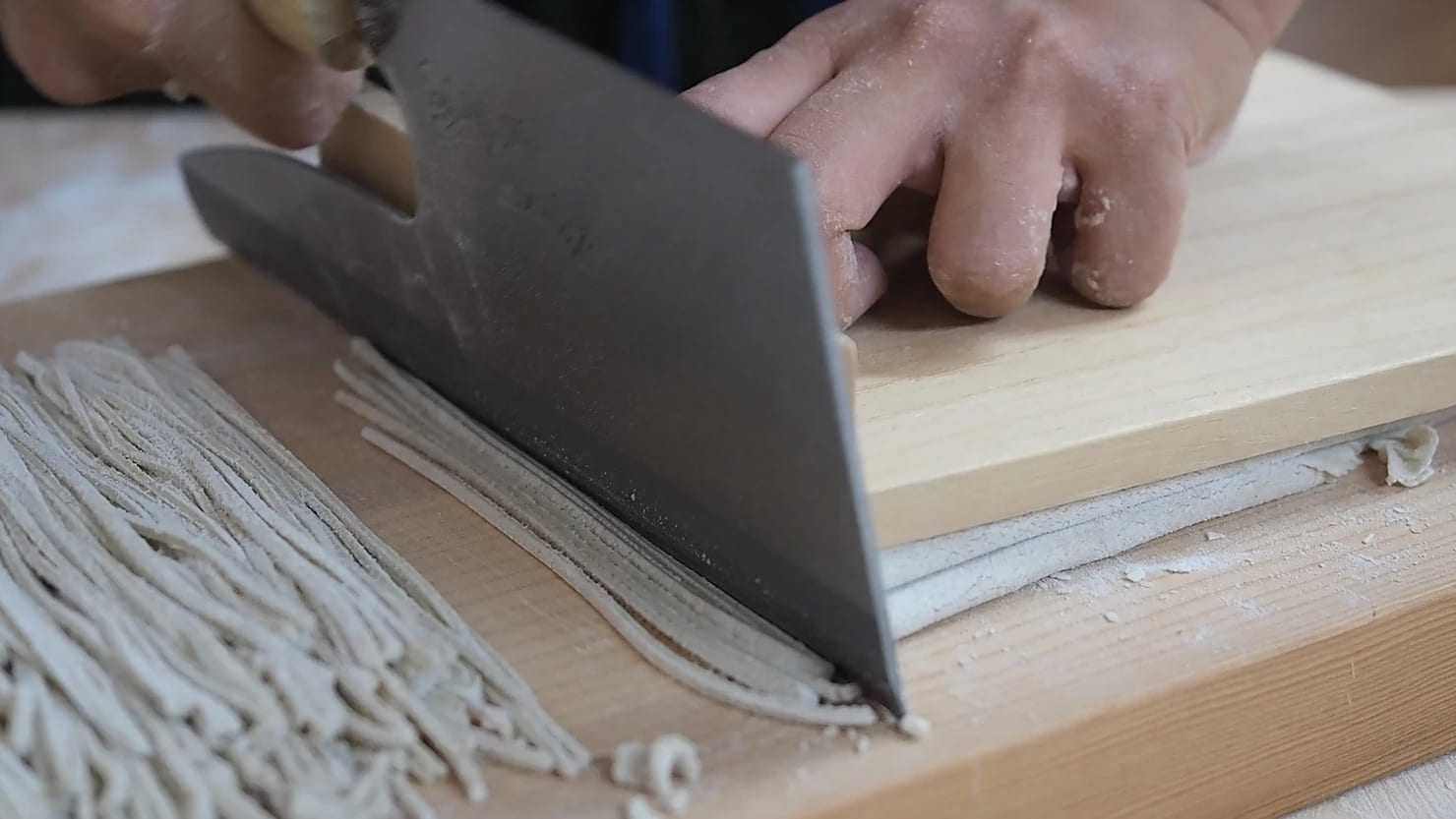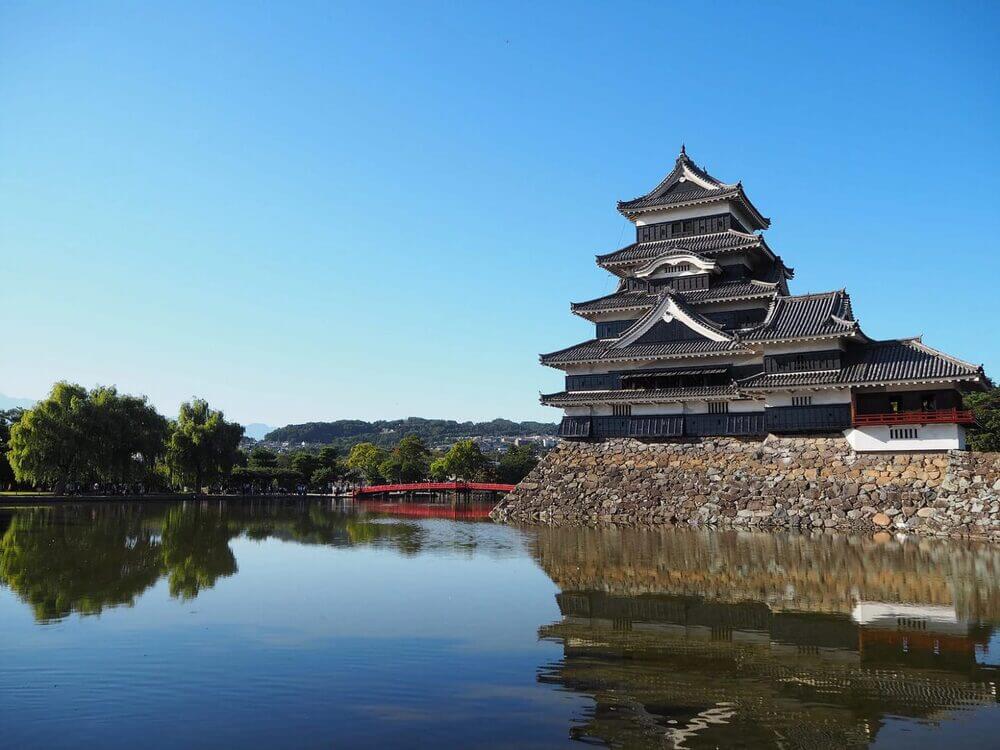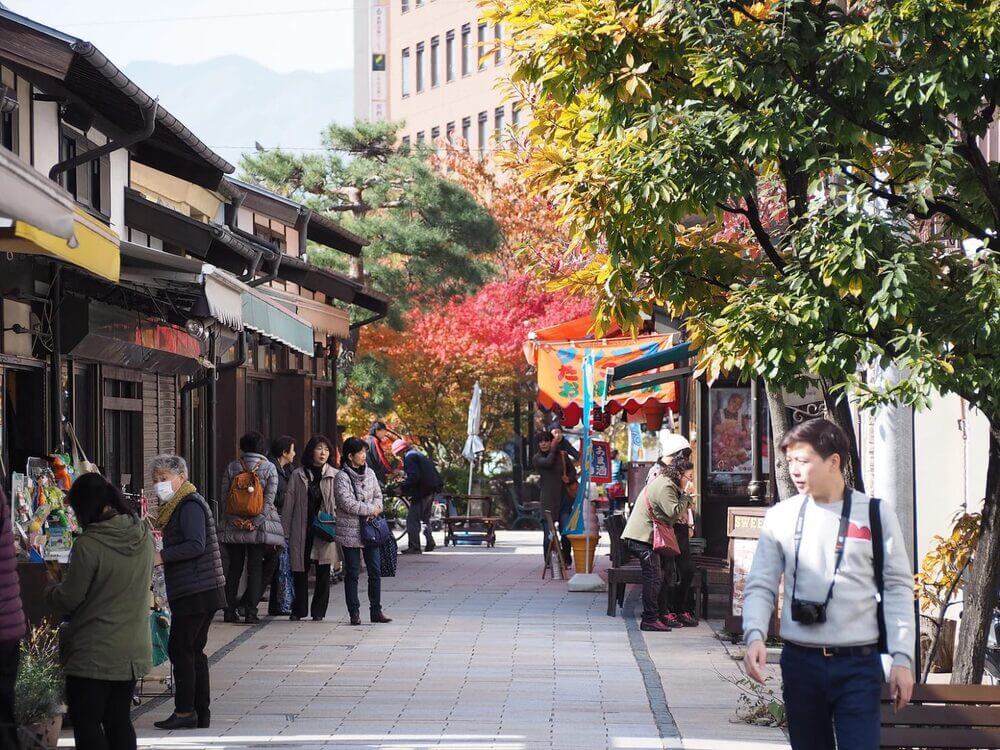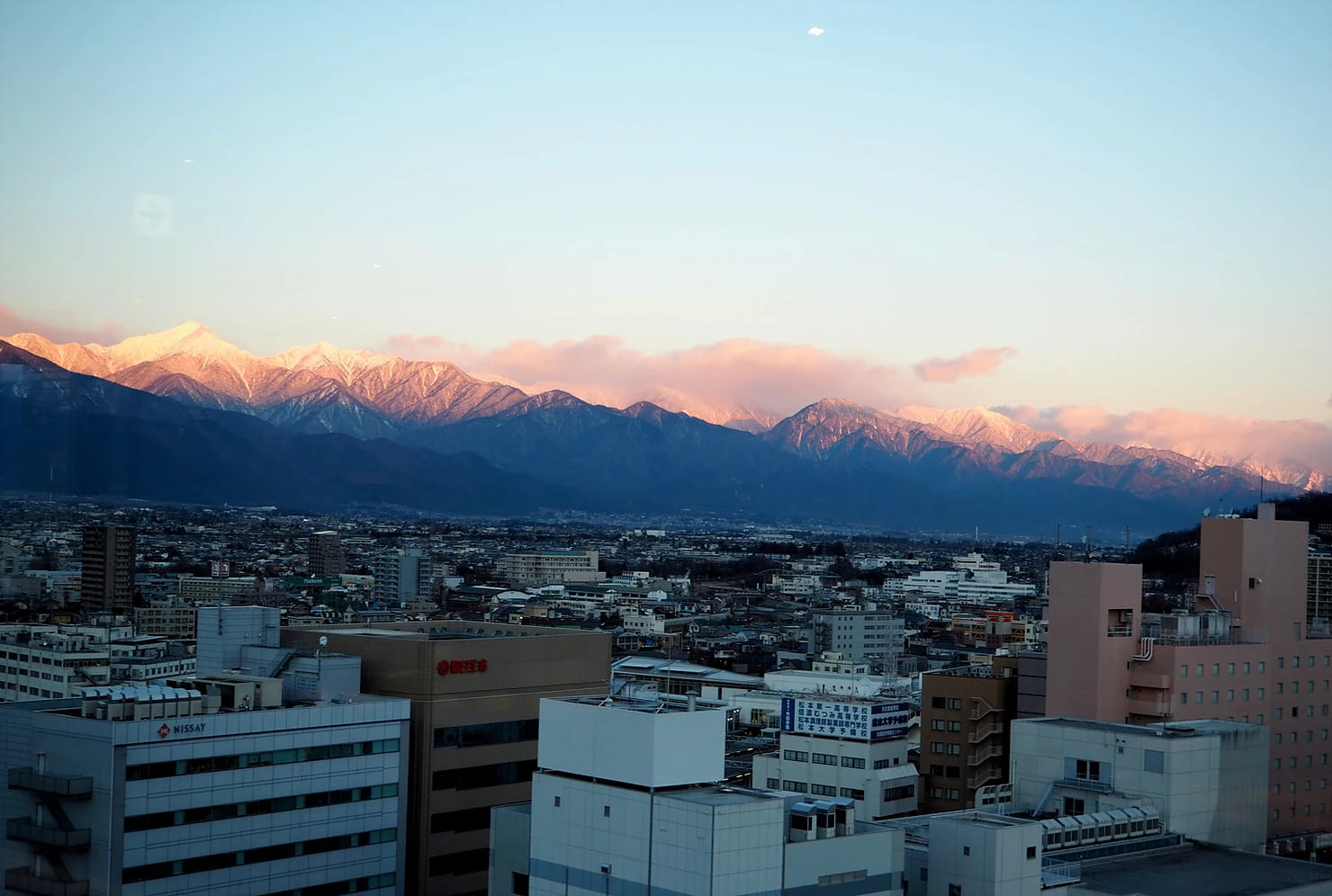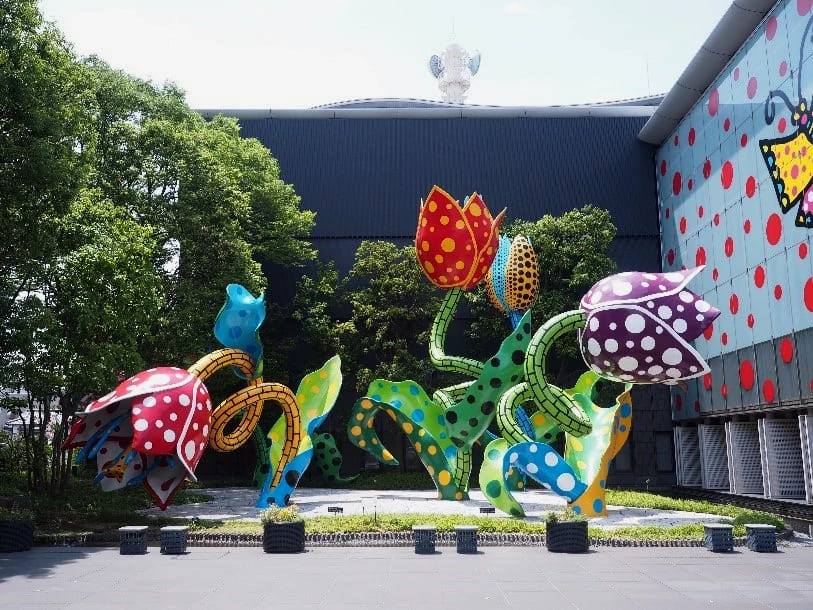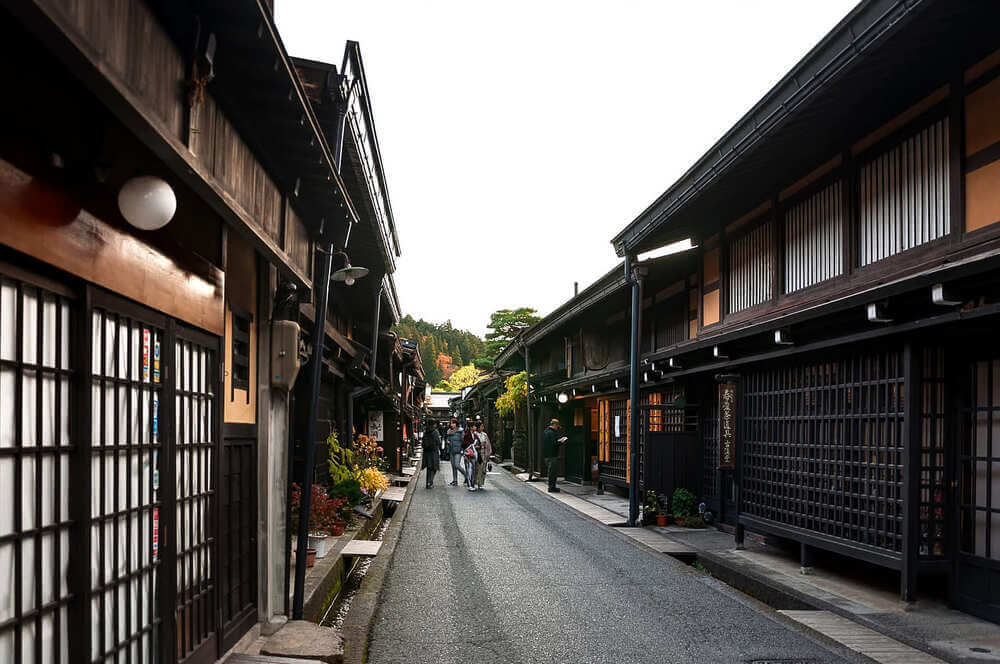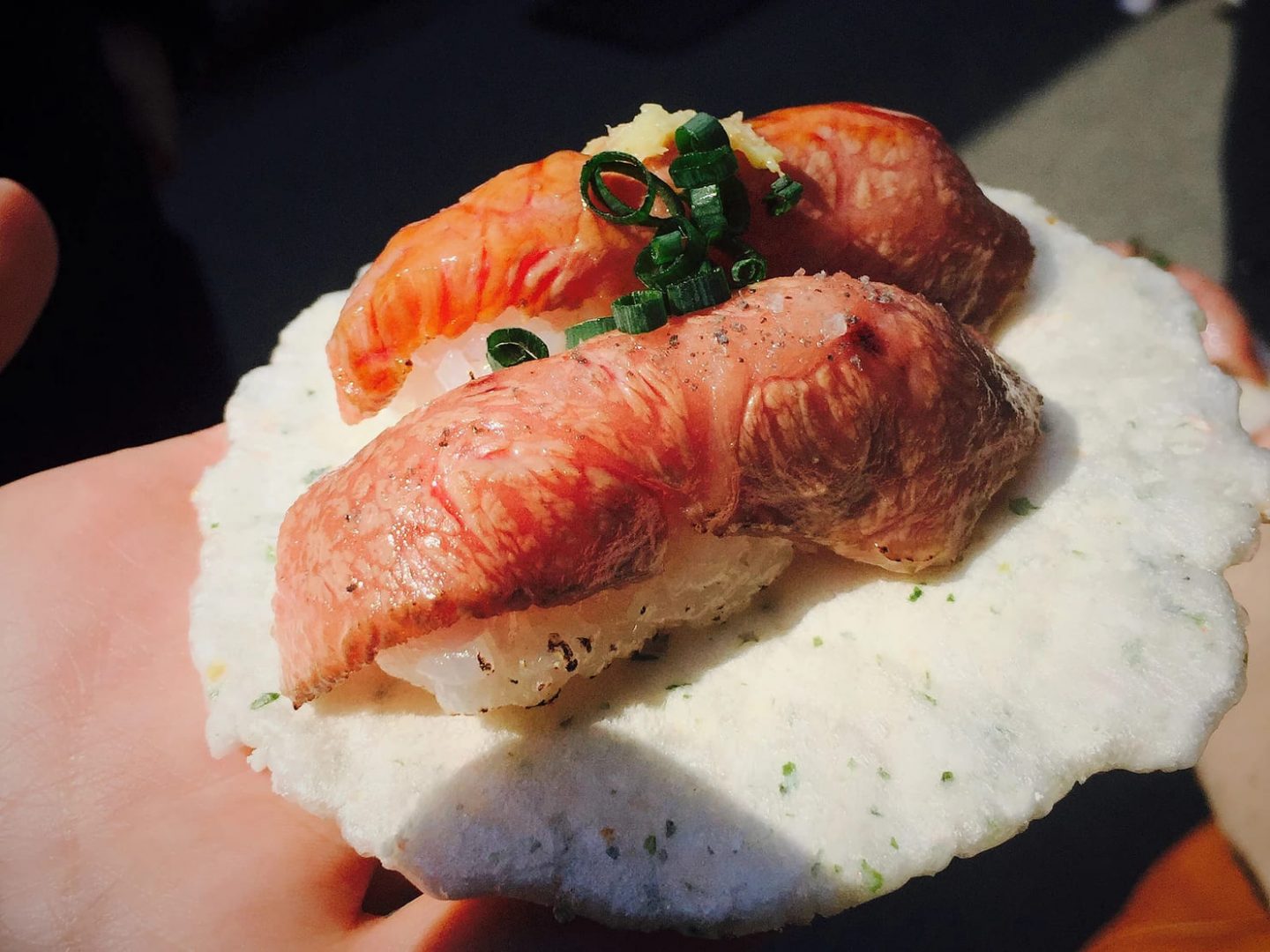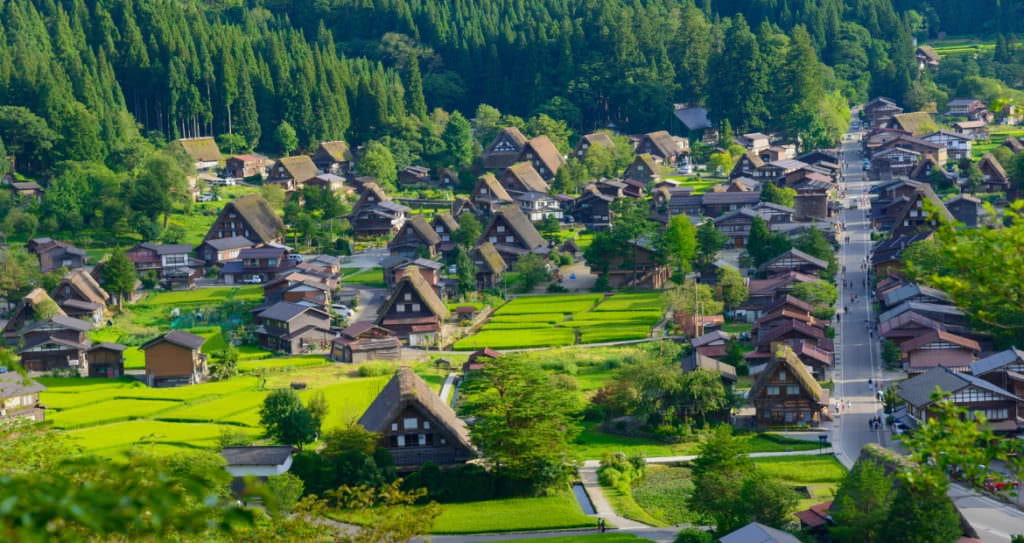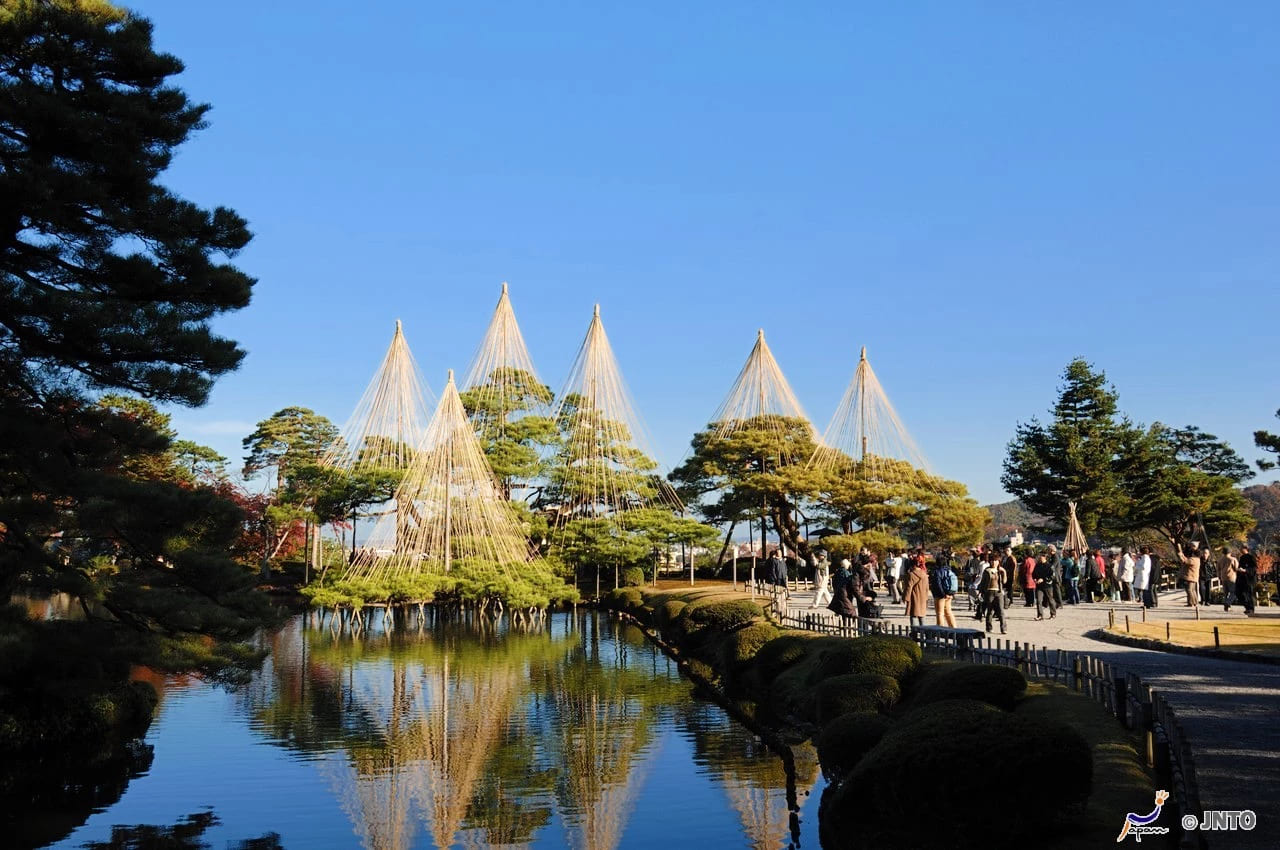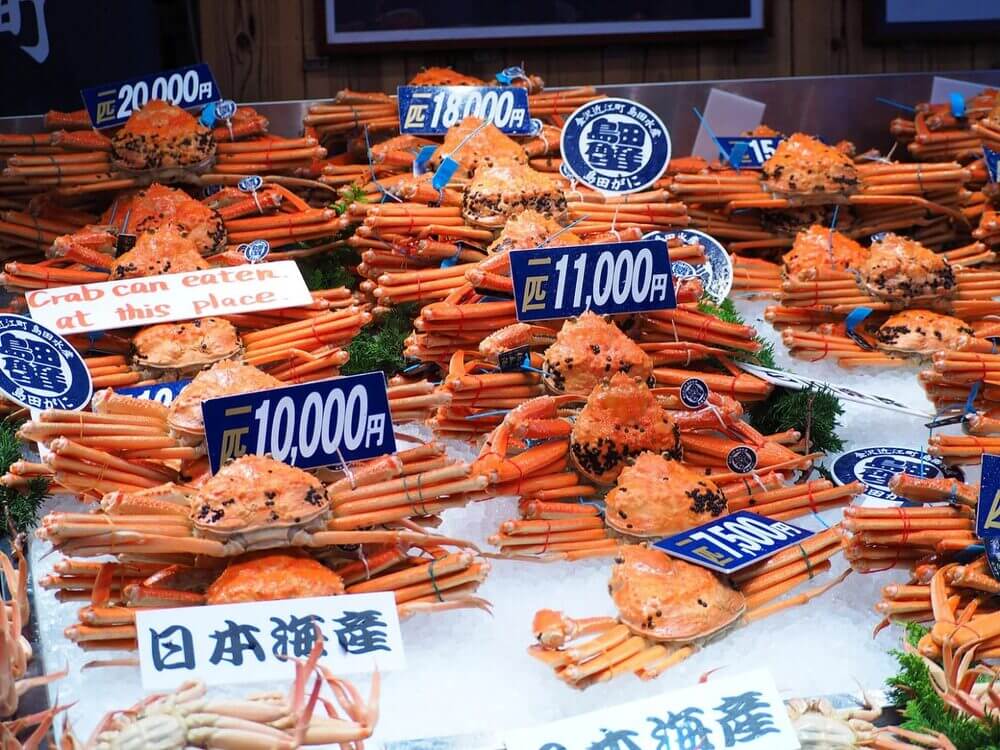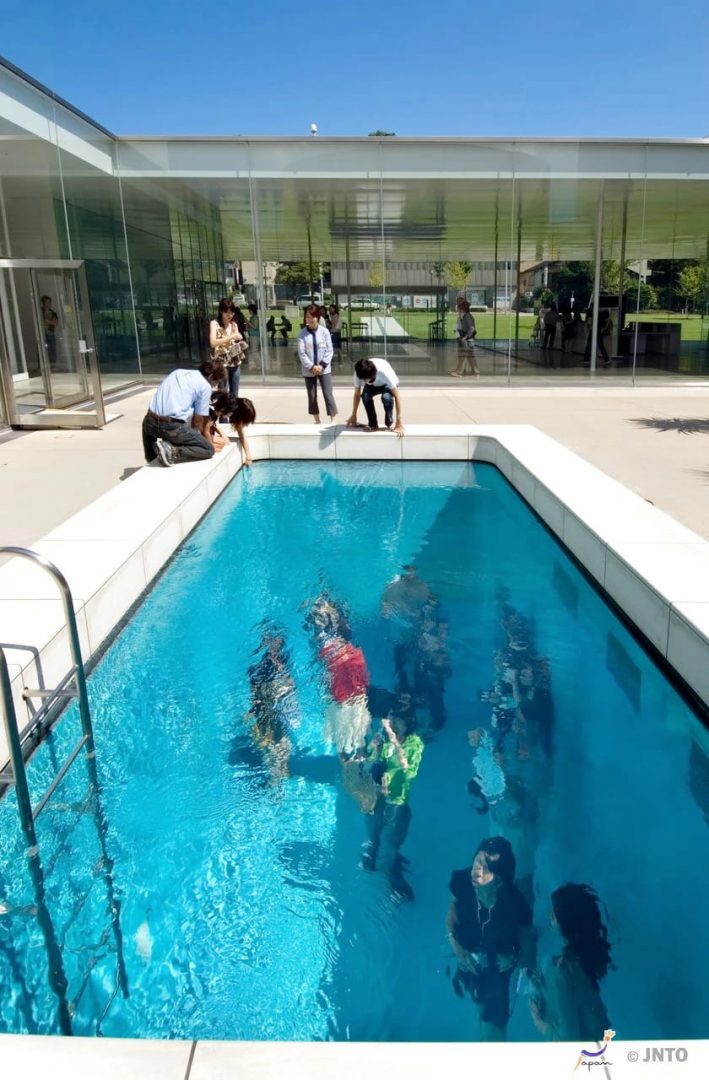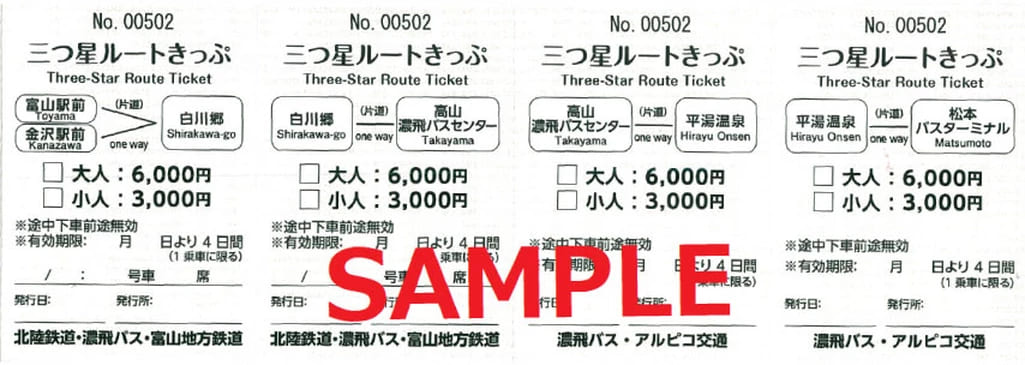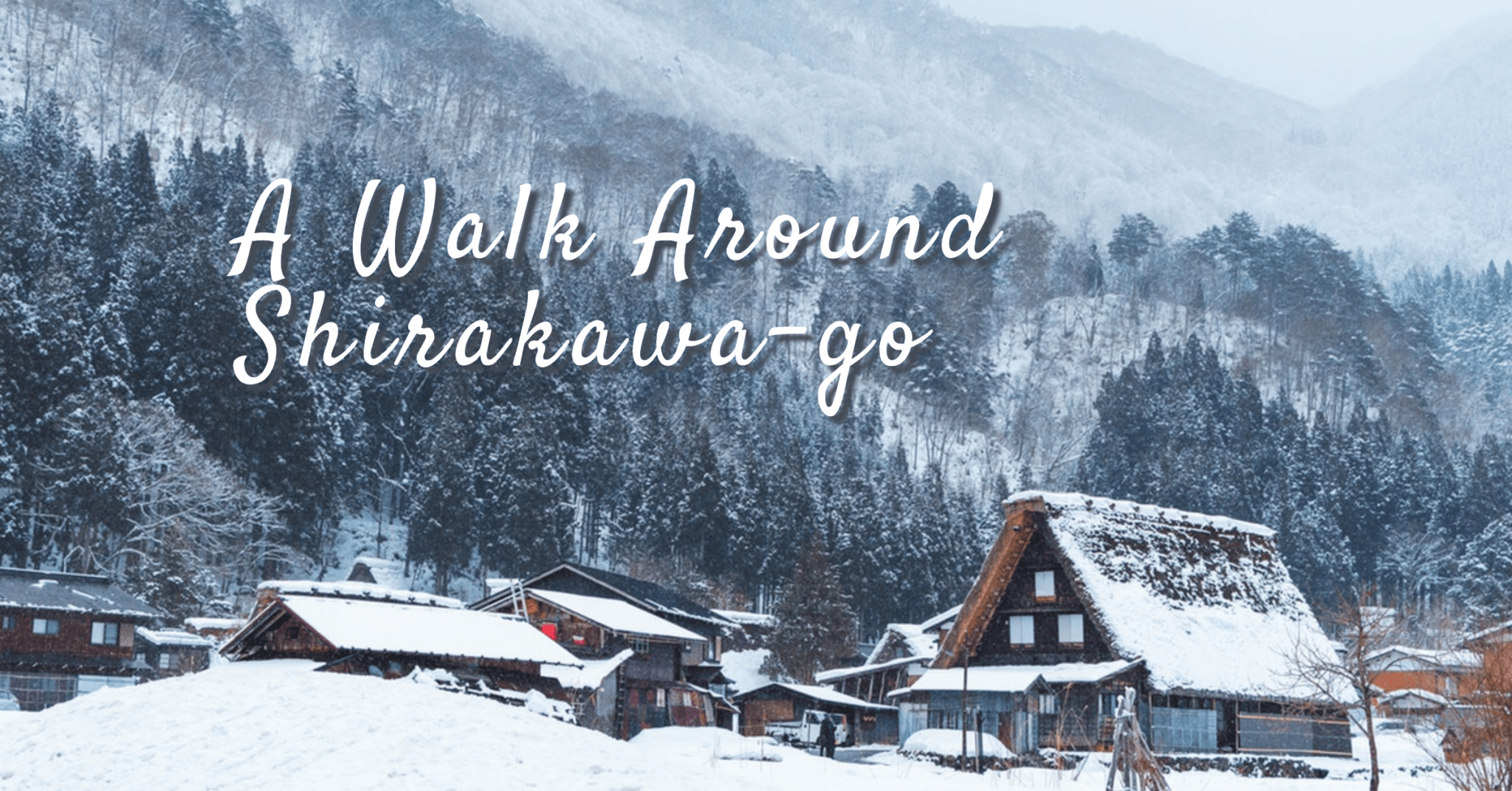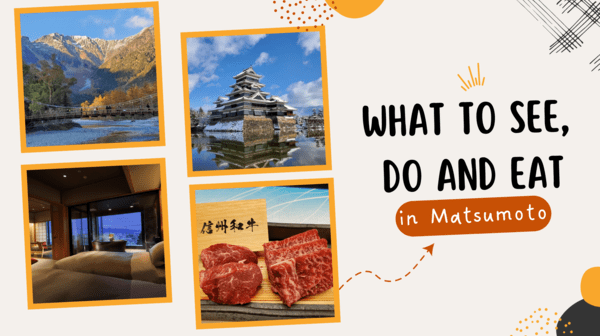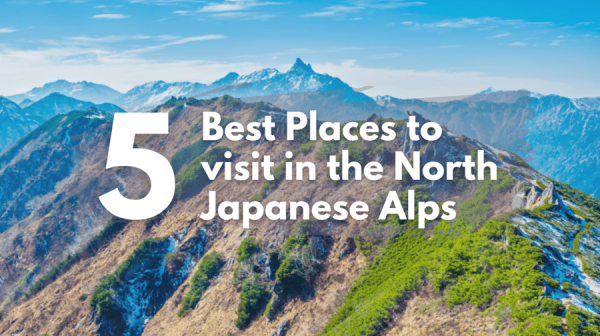Summary
Some of you might have heard about the “Golden Route” of Japan before, but have you ever heard about the amazing “Three-Star Route”? The Three-Star Route is a sightseeing route that takes you through exceptional parts of Japan to breathtaking sceneries, authentic places filled with history and culture and renowned World Heritage sites, which have been awarded three stars by the Michelin Green Guide to Japan.
With the Three-Star Route Ticket, you can see the best Japan has to offer in an easy and relaxing way by bus. For those of you who have already been to places like Tokyo, Kyoto etc., this ticket is a great way to experience a different side of Japan.
There are 2 ticket types available: the Kanazawa type and the Toyama type. You can choose one of them depending on whether you want to depart from/arrive in Kanazawa or Toyama when traveling to or from Matsumoto. While traveling this way, you will not need to buy any other tickets, which makes the journey all the smoother and more relaxing. What’s more is that it’s even much cheaper to do it this way than when you buy all tickets separately.
Beautiful locations, great value and an easy and comfortable journey – I think it can’t get any better than that!
So, let’s say you would get the Three-Star Route Ticket, here’s a sample of what your itinerary might look like.
Sample Itinerary
DAY 1: Narita – Shinjuku – Matsumoto
09:00
Welcome! You’ve arrived safely in Japan.
The first thing to day after you’ve gathered your belongings is to take the Narita Express train to get from Narita to Shinjuku. You can also take a limousine bus from Narita/Haneda. To get to Matsumoto, get the express bus to Matsumoto departing from the Shinjuku Expressway Bus Terminal near Shinjuku Station.
See bus timetable bound for Matsumoto
14:00
After having arrived in Matsumoto, leave your luggage temporarily at the hotel Ace Inn Matsumoto 1 minute away from the station and grab a late lunch at soba restaurant Kurekino. You can see the staff of Kurekino at times making soba behind the window of the restaurant (especially in the morning!). It’s interesting to see how Nagano’s local specialty is made and you can even try making it yourself at several places in Matsumoto.
15:00
From Matsumoto station, it’s about a 15-minute walk to the famous Matsumoto Castle. Built in the 16th century, Matsumoto Castle is Japan’s oldest existing castle and has been designated as a National Treasure. Take some time to go inside and climb the stairs to the top floor. Here you can get a beautiful view of Matsumoto City and the surrounding Japan Alps.
16:00
Visit the quaint shopping streets Nawate Street and Nakamachi Street near the castle. These streets give you the feeling of how it was in the olden days when Matsumoto was a bustling castle town. With plenty of shops around filled, it is also a recommended spot to get souvenirs!
An art enthusiast?
Read also: Discover the World’s Largest Collection of Ukiyo-e – Pictures of the Floating World
18:00
Head back to the station to get your luggage at Ace Inn and take the free shuttle bus from the station to Hotel Buena Vista (shuttle bus service is available from 7:30 until 12:00 and 13:00 until 20:30). Relax in your room for a bit before going out for a bite either at one of the four restaurants of the hotel or somewhere in the city. Afterwards maybe go on a nightly stroll through the city. There are lots of bars in Matsumoto which creates a great opportunity to experience Japanese nightlife. Also, even though it is closed, the illuminated castle is a popular historical tourist spot. It might be nice to stretch your legs and return there for some night photography.
Fancy a luxurious culinary experience for dinner?
Read also: Kaiseki – The ultimate Japanese dining experience
DAY 2: Matsumoto – Hirayu – Takayama
9:00
After eating breakfast on the top floor of Hotel Buena Vista and getting a lovely morning view of the Alps, make your way to the Matsumoto City Museum of Art. Artworks of the world-famous polka-dot queen Yayoi Kusama are displayed here as she was born and raised in Matsumoto.
11:00
Take a bus from Matsumoto Bus Terminal to Hirayu Onsen. As the name suggests, Hirayu is famous for its hot springs or “onsen”. Located in the Okuhida area, Hirayu is actually the oldest and largest of the onsen towns in this region.
Grab lunch here before going to one of the baths of Hirayu Onsen and spending the afternoon soaking your body in the hot warm water. The water of hot springs is believed to be good for the body, with the water of Hirayu Onsen said to cure nerve pains, sensitivity to cold and skin diseases.
15:30
Go back to the bus stop and take the next bus at 15:40 to Takayama. You’ll arrive at 16:30 which leaves you with plenty of time to go to your hotel, drop off your luggage, before heading out for something to eat. Takayama is famous for its high-quality Wagyu called Hida beef and almost every restaurant has a dish with Hida beef included on the menu.
For buses from Matsumoto to Takayama >
DAY 3: Takayama – Shirakawa-go
9:00
Go see one of the two morning markets held on a daily basis in Takayama: the Miyagawa Market and the Jinya-mae Market. Here you can find many stands selling all kinds of things such as farm products, locally made crafts and artwork as well as delicious snacks.
11:00
Head to the old town of Takayama, also nicknamed “Hida’s Little Kyoto” and wander around the traditional streets. As for lunch, there are plenty of things to choose from here. There are many restaurants as well as smaller stands that sell local specialties, such as Hida ramen or the aforementioned Hida beef. While a little bit on the expensive side, trying Hida beef sushi is highly recommended.
14:30
Catch a bus to the peaceful Shirakawa-go area. Also known as one of Japan’s heavy snowfall areas, Shirakawa-go is most famous for its many historical farmhouses, which have been around for hundreds of years. These traditional Japanese farmhouses are known as Gassho-style houses. “Gassho” means “hands joined in prayer”, and they are called this due to the shape of its iconic thatched roofs which resemble the hands of Buddhist monks while praying. And the best thing about these houses is that you can actually spend the night there!
For buses to Takayama to Shirakawa-go >
16:30
After spending a couple of hours walking around Shirakawa-go and marveling at this historic village which is a renowned World Heritage site, head to one of these Gassho-style houses for an authentic overnight experience with a hearty local meal. On selected days in wintertime, the Gassho-zukuri houses will be illuminated, giving the village a magical feeling.
For information on accommodation in Shirakawa-go >
Read also: A Must-Visit World Heritage Site! The Historical Village of Shirakawa-go
DAY 4: Shirakawa-go – Kanazawa
7:00
Wake up early and after eating a traditional breakfast, grab the 8:40 bus heading to your next and last destination on the Three-Star Route – Kanazawa. Kanazawa is a city which combines various elements of Japanese culture and history. The bus stops in the vicinity of Kanazawa Station, which is definitely worth a look as there is an impressive wooden gate in front of it called Tsuzumi Gate. It has an interesting architecture as it is built to resemble a traditional torii gate.
For buses from Shirakawa-go to Kanazawa >
11:00
Take a stroll through the tranquil nature in Kenrokuen Garden, one of the places awarded three stars by the Michelin Green Guide to Japan. You can either walk or take the Kanazawa Right Loop Bus from bus stop number 7 or Kenrokuen Shuttle Bus from bus stop number 6. Each takes about 15 minutes and will cost 200 yen. Kenrokuen Garden is famous for its wonderful scenery and trees with winter protection. It is also one of the Three Great Gardens of Japan. If you would like to, I think you can spend hours here just enjoying nature and the serenity of the place, but there is so much more to see in Kanazawa.
13:00
One of the recommended places for lunch is the Omicho Market. You can take the Kanazawa Loop Bus again to go there, but it’s also not too far to walk. As Kanazawa’s largest fresh food market since the Edo period (1603-1868), the place of course has lots of restaurants and shops and just looking around at all the wonderful things they are selling there is enough to make your stomach growl. With the sea next to Kanazawa, seafood is definitely something to try here.
15:00
Next, visit the Higashi Chaya District, one of the geisha districts remaining in Kanazawa that have a lot of traditional townhouses and a prevalent Japanese atmosphere. Drink some tea at one of the teahouses or browse one of the museums. There’s also a shop that sells gold leaf products, which is a specialty of Kanazawa and make great souvenirs. Another district called the Kazuemachi Chaya District is nearby, so you can choose to go there and visit the Confectionery Museum which shows you different types of traditional Japanese sweets and how they are made.
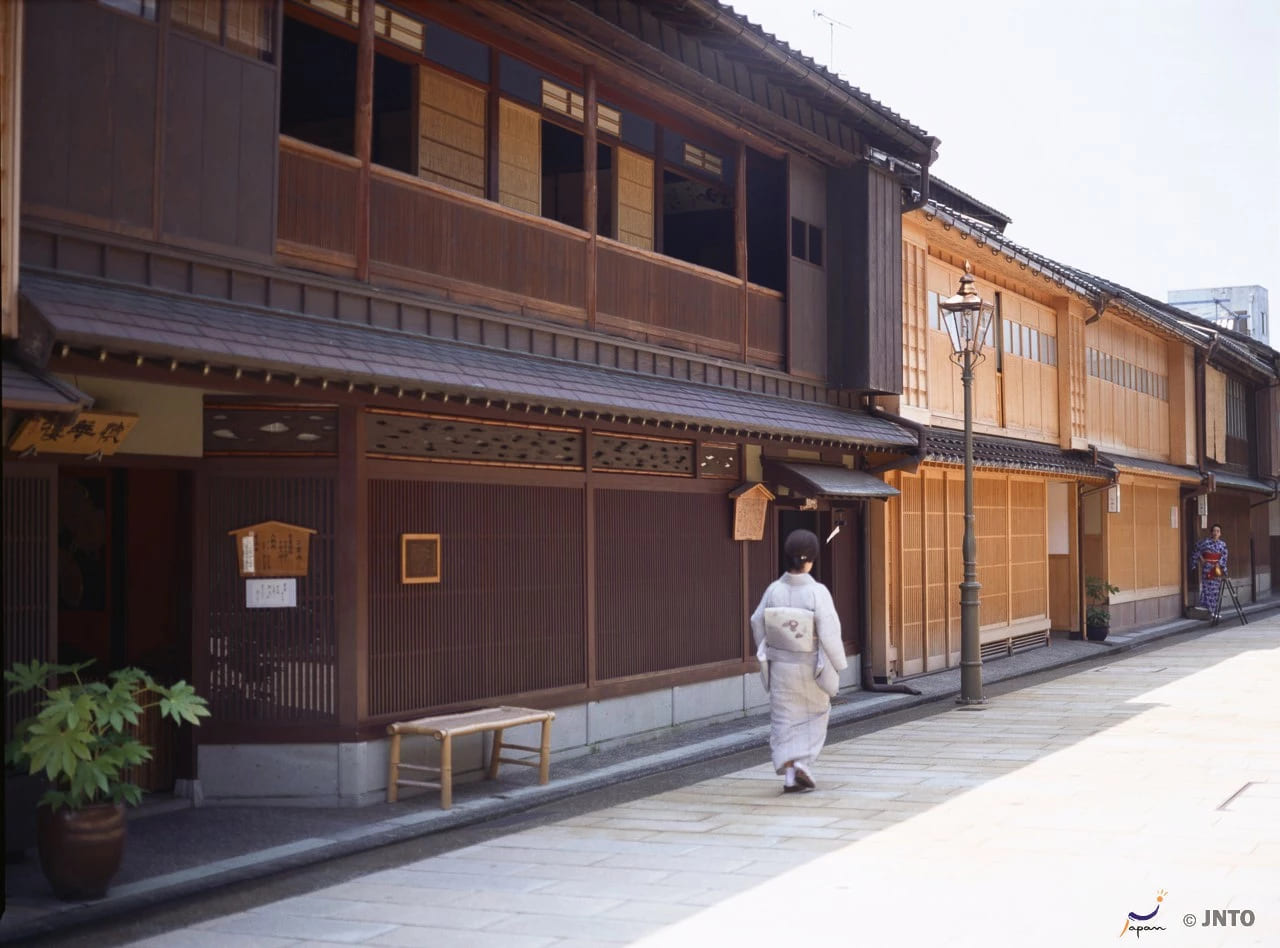
18:00
Finally, if you have had your fill of the traditional side of Kanazawa, you might want to check out the 21st Century Museum of Contemporary Art before having dinner. This museum is one of Kanazawa’s most popular tourist attractions, renowned for the iconic art installation, “The Swimming Pool” by Leandro Erlich, where people appear to be underwater, which makes for a great photo opportunity.
And that makes 4 full days of traveling the Three-Star Route! Hopefully this packed itinerary gives you an idea of what you can see and do with the Three-Star Route Ticket.
If you bought the Toyama-type ticket instead of the Kanazawa-type, then your last day will be filled leisurely exploring Toyama and probably eating some delicious sushi. Also known as a “natural fish tank”, Toyama is among the top-class prefectures within Japan in terms of delicious seafood. Due to its location in a bay area, there is always fresh seasonal fish to be had, so be sure to try some!
Ticket Information
Purchase Period: All year round.
Validity: Tour ticket valid for 4 consecutive days from first use, for one-way travel on selected bus lines between Matsumoto and Kanazawa or Toyama, or vice versa.
Price: Adults 6,000 JPY (13 y/o and above), children 3,000 JPY (6~12 years old).
Available at: Matsumoto Bus Terminal, Hokutetsu Kanazawa Ekimae Center (Kanazawa type only) and Toyama Chitetsu Ticket Center (Toyama type only).
Important Information:
- Some parts of the bus lines will require a reservation, so please reserve in advance.
- Each sectioned ticket can only be used for a one-way trip.
- Because the driver collects these sectioned tickets, it is generally not possible to get on/off halfway. However, it is possible to get off at Hirayu Onsen and Shirakawa-go on the way.
- If you get off at a location other than the designated stops, that ticket will become invalid.
- Using the ticket when starting from Kanazawa/Toyama and going straight to Matsumoto or the other way around is also possible.
- No refunds will be made once the ticket has been used.
Tips! For those traveling with a JR Hokuriku Arch Pass, also check out the Three-Star Option Ticket, which is a new ticket that ALPICO has released in collaboration with JR and other bus companies.
How to Use the Ticket
The Three-Star Route Ticket is divided into several sections (see sample image below). Because this ticket is for a connected bus ride, please hand the desired sectioned ticket to the driver when exiting the bus.
Some of the bus lines require reservations to be made. To make a reservation, go to one of the following ticket offices.
Takayama – Kanazawa Line: Hokutetsu Kanazawa Ekimae Center, Takayama Bus Center.
Takayama – Toyama Line: Toyama Chitetsu Ticket Center, Takayama Bus Center.
Bus Timetables
Matsumoto – Hirayu – Takayama Bus >
Takayama – Shirakawa-go Bus >
Takayama – Shirakawa-go – Kanazawa Bus > (reservations required)
Takayama – Shirakawa-go – Toyama Bus > (reservations required)

